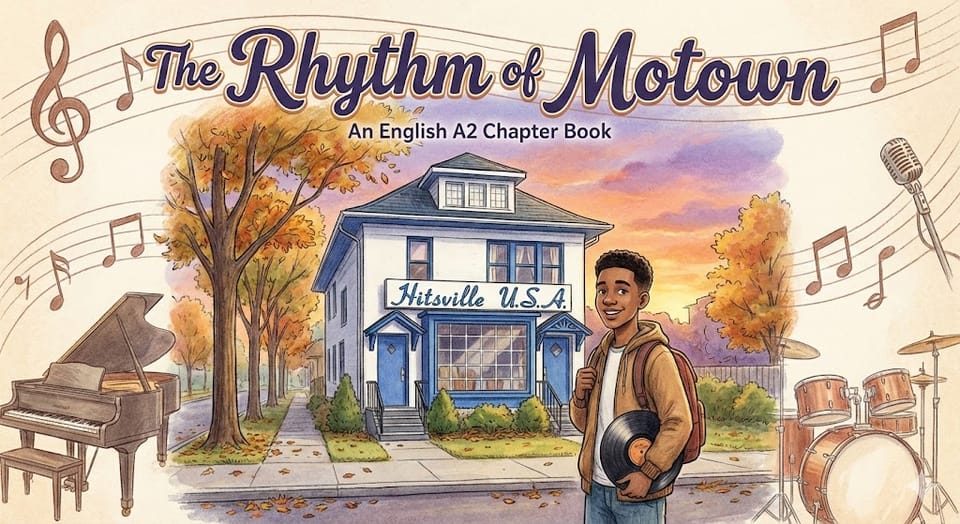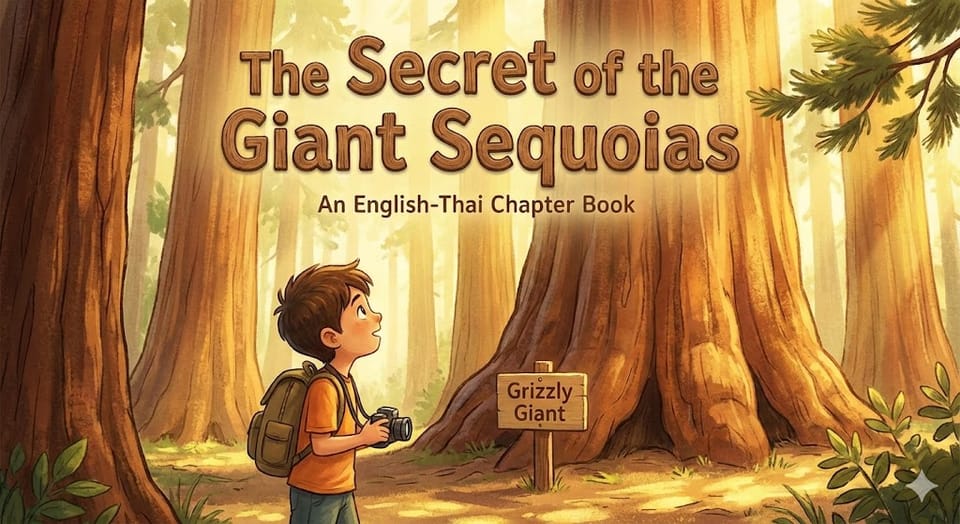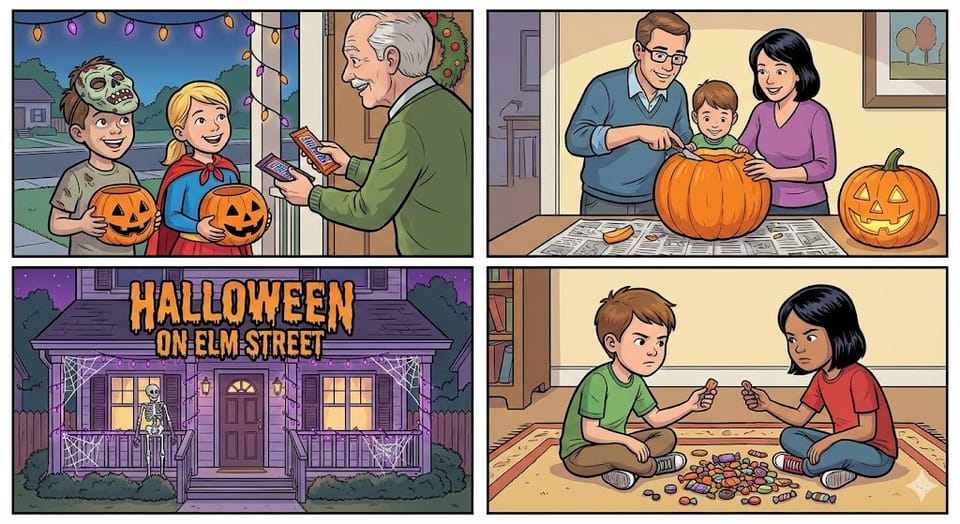M6 Grammar Review

English Grammar Review
A presentation based on your classroom materials.
Ready to test your knowledge?
Determiners: `some` and `any`
`some` in Positive Sentences
We generally use `some` (and its compounds like `somebody`, `something`) in positive statements to refer to an indefinite quantity or number.
Examples:
- We bought some flowers.
- He has some work to do.
`any` in Negative Sentences
We use `any` (and its compounds like `anybody`, `anything`) in negative statements.
Examples:
- We didn't buy any flowers.
- She went out without any money.
`some` and `any` in Questions
- Use `some` when offering or requesting something, or when you expect a 'yes' answer.
- Use `any` in most general questions, when you don't know if the thing exists.
Special Uses of `any`
- With `if` clauses: Let me know if you need anything.
- Meaning "it doesn't matter which": You can take any bus.
Some/Any: Comprehension Check
1. I was too tired to do ___ work.
2. Can I have ___ more coffee, please?
3. You can choose ___ color you like, it doesn't matter.
Determiners: `no`
Use `no` directly before a noun. It creates a negative sentence with a positive verb.
Example:
There was no bus. (Instead of: There wasn't a bus.)
Pronoun: `none`
Use `none` alone (without a noun) or as `none of...` to refer to zero quantity.
Example:
"How much money do you have?" "None."
Comparing `no`, `none`, and `any`
Notice the different sentence structures.
- With `no`: I have no luggage.
- With `any`: I don't have any luggage.
- With `none`: "How much luggage?" "None."
No/None: Comprehension Check
1. We had to walk home because there were ___ taxis.
2. "How many mistakes did you make?" "___, it was perfect!"
3. I've looked everywhere for my keys, but I can't find them ___.
Possessive Adjectives vs. Pronouns
Adjectives (`my`, `her`) go before a noun. Pronouns (`mine`, `hers`) stand alone.
This is her book. This book is hers.
Structure: `a friend of mine`
This structure means "one of my friends". We use a possessive pronoun (`mine`, `yours`, `his`, `hers`, etc.) after `of`.
A friend of mine is getting married. (NOT a friend of me)
Using `own`
We use `own` to emphasize that something belongs to someone, or that they do an action themselves.
I want my own room.
`on my own` vs. `by myself`
Both phrases mean "alone".
I like living on my own. / I like living by myself.
Reflexive Pronouns
These pronouns (`myself`, `yourself`, `himself`, etc.) refer back to the subject of the sentence.
He hurt himself.
Possessives: Comprehension Check
1. Is this cup ___ or his?
2. I met a cousin of ___ at the party.
3. The children entertained ___ with games.
Punctuation: The Basics
Punctuation helps us understand sentences by showing pauses and giving sentences meaning.
. ends a statement. ? ends a question. ! shows strong feeling.
Punctuation: The Comma (,)
The comma is a versatile punctuation mark with several important uses:
-
Separating items in a list:
She speaks English, Thai, and Spanish.
-
Before a conjunction joining independent clauses: Use a comma before a conjunction (for, and, nor, but, or, yet, so) that connects two complete sentences.
He wanted to play outside, but it was raining.
-
After an introductory phrase or clause:
After finishing his homework, he watched a movie.
Punctuation: Quotes & Semicolons
-
Quotation Marks (" "): These are used to show the exact words someone said or wrote (a direct quote).
She asked, "What time is it?"
-
Semicolon (;): This punctuation is stronger than a comma but weaker than a period. It has two main uses:
- To join two closely related independent clauses (complete sentences).
The sun was setting; the sky turned a brilliant orange.
- To separate items in a list when the items themselves contain commas.
The team included: Sarah, the captain; David, the strategist; and Maria, the lead programmer.
- To join two closely related independent clauses (complete sentences).
Punctuation: Comprehension Check
1. Which sentence is punctuated correctly?
2. I went to the store and bought apples___ bananas___ and cherries.
3. She said ___ "I'll be there soon."
4. Choose the sentence with the correct punctuation.
5. I wanted to leave ___ but I was having too much fun.
End of Review
Good luck with your studies!
Try a practice test.
You can take the test as many times as needed to help prepare for you midterm. Click the submit score button once you are satisfied with your results.
M6 Grammar Practice Test
A random set of 20 questions based on your M6 Study Guide.




